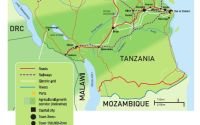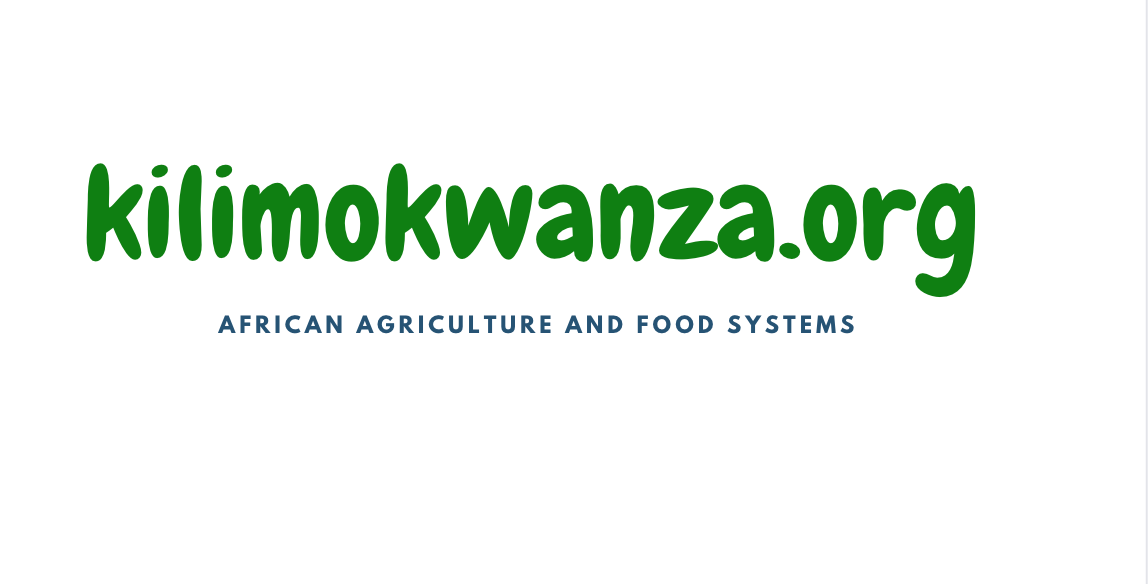Kirenga’s Clarion Call: Doubling Yields, Empowering Farmers, and Rejuvenating Tanzania’s Agriculture
Kilimokwanza.org Team
At the Africa@COP28 conference, Mr Geoffrey Kirenga, the visionary CEO of the SAGCOT Centre Limited, shared transformative insights with the African Development Bank (AfDB).
Mr. Kirenga’s discourse outlined a stark contrast in productivity, noting that while regional farmers typically yield below 3 tons per hectare, there’s evidence of a paradigm shift. Through enhanced methods and technologies, yields have surged to 6-7 tons, with some commercial farmers reaching the laudable benchmark of 10 tons per hectare—paralleling the prolific maize belts of Iowa in the U.S.
This transformation, advocated by luminaries such as President Dr. Akinwumi Adesina, President Dr. Samia Suluhu Hassan, and Agriculture Minister Hussein Bashe, is not just envisioned but imperative. The challenge now is to transform this vision into a tangible reality. The synergy of the private sector’s innovation and the vigour of Tanzania’s youth catalyzes this sweeping change, extending beyond crops to the pivotal livestock sector.
With one of the largest cattle herds on the continent, Tanzania faces the paradox of abundance without productivity. Tackling this, comprehensive programs are being introduced to revolutionize animal feed, enhancing the nutritional intake of livestock to improve both weight and health. Poultry farming, too, is on the cusp of a breakthrough. With Africa’s current reliance on imported poultry, Mr. Kirenga emphasizes that it’s time to shift the paradigm—our young entrepreneurs, especially women, can make poultry farming a cornerstone of self-sufficient agriculture.
The commitment to reform doesn’t end with poultry. In fisheries, another domain with immense potential, Africa’s dependency on imported fish is a trend ready for reversal. Aquaculture stands out as a sector where success is within grasp if the value chain is developed comprehensively. This initiative has begun in Tanzania, sowing the seeds for a nationwide, even continental, transformation in both crop and livestock domains.
The Southern Agricultural Growth Corridor of Tanzania (SAGCOT) has already exemplified the power of the corridor approach, creating a synergistic platform for government and private sector collaboration. This model is set to be replicated, expanding its reach to other regions such as the Mtwara, Central, and Northern Corridors. Mr. Kirenga’s vision underscores the necessity for a cooperative framework where policy reforms and infrastructure enhancement go hand-in-hand with agricultural innovation.
“In the regions we have tested, Most farmers produce below 3 tons per hectare. However, we have observed that farmers can increase their yield to 6 to 7 tons per hectare, with some commercial farmers achieving 10 tons per hectare. This level of productivity is comparable to that of farmers in some of the maize belts in Iowa, USA.
Our experience with the Southern Agricultural Growth Corridor of Tanzania (SAGCOT) illustrates the benefits of the corridor approach in agricultural development. This initiative has significantly benefited from the collaboration between the government and the private sector. We are extending this successful model to other corridors, including the Mtwara, Central, and Northern Corridors. Through this approach, we aim to foster a cooperative relationship between the private sector and the government, addressing policy and infrastructural challenges to enhance productivity.”
SAGCOT has created a template for success that can be scaled and adapted. It’s not just about growing crops or raising livestock; it’s about cultivating a sustainable, prosperous future for Tanzania and Africa at large


